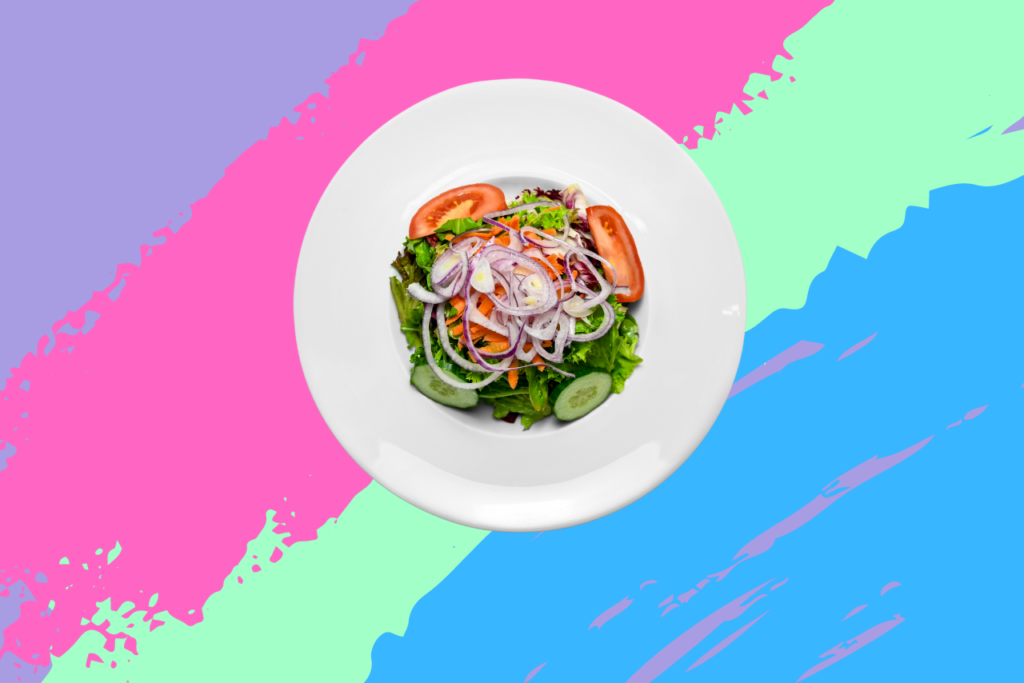The fitness world – just like any good session in the gym – has its ebbs and flows, its ups and its downs. First came Arnie, in the sixties (rumour has it that there were no weights lifted before him). Then, the classic bodybuilding days of the 1970s and early 1980s saw competitive lifting and bodily sculpting go mainstream.
Next, the era of mass-monsters began. A concerning time, the 1990s and the early 2000s were full of “Xtreme” bodybuilders, achieving unattainable, unsustainable physiques, sometimes regrettably via the use of performance enhancing drugs.
Nowadays, the tide has turned, and the collective consciousness has shifted again. Sustainable, wholesome bodybuilding is making a comeback, with DOMs, bulking and shredding all terms you’ll find in the vernacular, but chemical help now a taboo. If you’re wondering how bodybuilders best maximise their gains without using steroids, then read on.
Eat Clean
Natural bodybuilders have to eat clean. And honestly, there’s not much room for error. Those ‘cheat’ days you’ve seen extolled on the Instagram pages of PTs…they just don’t cut it in the professional world.
Yes, you can still follow the bulk and cut. But when you bulk up, you need to stick to nutrient-dense foods that will pack the most punch. Sweet potatoes, a good steak, chicken breasts, and green leafy vegetables are your friends. Get used to them, get to know them, learn to listen to their needs and which seasonings they respond best to. Particularly that last one; you’re going to be eating a lot of them.
Once you cut out the nonsense in your diet, regardless of what macro-molecule class it’s in (there are tons of horrible protein sources), you will start to see more and more solid results. Eat clean. Eat often.
Speaking of protein, you’ll also want to familiarise yourself with one of the most common bodybuilding aids in the community; peptides.
Peptides are short chains of amino acids, which are the building blocks of protein, promoting faster muscle repair and the maintaining of muscle tissue, and are often said to be a natural alternative to anabolic steriods.
You can find peptides occurring naturally in plenty of common ingredients, including meat, shellfish, lentils, seeds and soy. If you’re keen on eating clean, the latter might be a better option.

Pyramid Sets
For natural bodybuilders, sets and reps are their bread and butter. They don’t just stick to the three sets of ten that’s been popular with bit part players since the 1980s. Instead, one of the best, most effective weight related exercise regimes is called the reverse pyramid. If you’re wondering how to do reverse pyramid training, just think of the tip of a pyramid as fewer reps and the base of the pyramid as more. Got it? Now flip it upside down. Heavy, isn’t it?
Let’s take the bench press…
Assuming your one-rep max is 100kg (you’re either flattered or enraged just reading that, huh?), your 12 rep max should float around 70kg. Start there. Do 12 reps, immediately add more weight, and do 10 reps. Add even more weight and do 8, so on and so forth. This is to be done solely on compound movements. Those are your mass builders, not boring bicep curls.
You can choose your rep scheme, depending on your goals, sure, but power building usually floats from 12 to 5. Try it out, then try flipping that imaginary pyramid on its head.
Pre-Exhaustion
Natural bodybuilders are all about microtrauma in the muscle. The more tiny tears you can cause a muscle over a consistent duration of time, the more muscle you will theoretically gain. Because of this, a lot of natural bodybuilders like to pre-exhaust a muscle, which is a technique made famous by Muhammad Ali.
He said: “The set doesn’t start ‘til it hurts.”
We’re not advocating seeking pain here, but bringing a muscle closer to mechanical failure before a set allows you to use less weight and isolate the contractions, priming the muscle for recovery. And it’s in that recovery that bulk and muscle gain is achieved.
Hydration Stations
The body comprises 60% of it, so neglecting proper water consumption represents a rookie error if ever there was one. As such, it’s vital to focus on proper hydration pre-workout, consuming the correct amount of water during it, and also refuelling with the good, liquidy stuff after your workout, too.
Being parched can lead to fatigue and confusion, and in the gym, this isn’t what you want. If you are having a hard time fighting brain fogs before or during a workout, drinking more water might be the solution.
One of the biggest mistakes gymgoers make is to allow themselves to be dehydrated when they’re working out, which results in them losing bodyweight in fluids and making exercise feel harder, in turn reducing productivity and the body’s ability to recover properly.

Professionals recommend that you drink water regularly throughout the day to stay hydrated. As a general rule, drink 300-500 ml 2 hours before your workout, 80-100 ml 10 minutes before training, 100-150 ml every 10-15 minutes during exercise and more than 200 ml after training. To make sure you are drinking enough water within your workout to restore the fluids you lose, weigh yourself before and after physical activity. You shouldn’t lose more than 2% of bodyweight.
The Bottom Line
With these four steps, of pyramid training, pre-exhaustion, and clean eating and drinking, you’ll give yourself the best chance of gaining sustainable muscle in the gym. In doing so, you’ll also stand yourself in good stead to keep and expand on those gains. Good luck!





